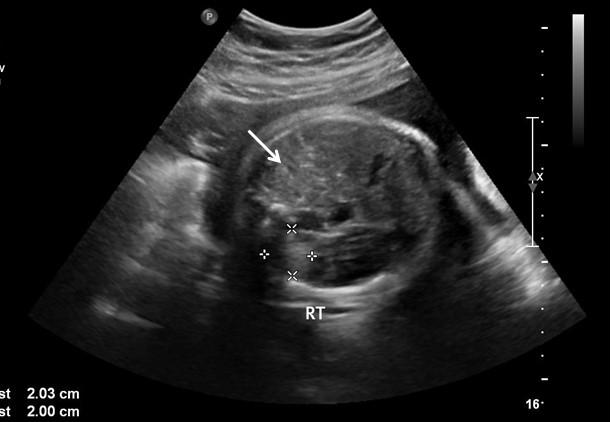
Course Overview:
This course offers an in-depth exploration of the embryological development of the diaphragm and associated pulmonary anomalies. Designed for healthcare professionals, medical students, and researchers, the course provides comprehensive knowledge about the formation of the diaphragm, the various congenital anomalies that can occur, and their implications. The course covers diaphragmatic defects, including agenesis, eventration, and hernias, as well as related pulmonary conditions like bilateral pulmonary agenesis and congenital diaphragmatic hernia (CDH). Enroll now, or continue to read more about this course.
Key Features of Congenital Diaphragmatic Hernia Course:
- Learn about a range of diaphragmatic and pulmonary anomalies, including rare conditions like bilateral agenesis and eventration.
- Explore related syndromes like Cornelia de Lange and Fryns Syndrome, including their diagnostic markers and implications.
- Understand the physiologic mechanism behind the success of in-utero therapy for a liver-up congenital diaphragmatic hernia.
Earn ACCME Category 1 PRA Credit:
Course Benefits:
- Learn to apply this knowledge in clinical settings, improving patient counseling and management strategies.
- Earn 1 AMA PRA Category 1 ™ credit.
- Professional Development
Who Should Enroll:
Course Duration:
Enroll Now:
Take the opportunity to deepen your understanding of diaphragmatic and pulmonary anomalies in fetal development. Enroll now to expand your expertise into this specialized field.
